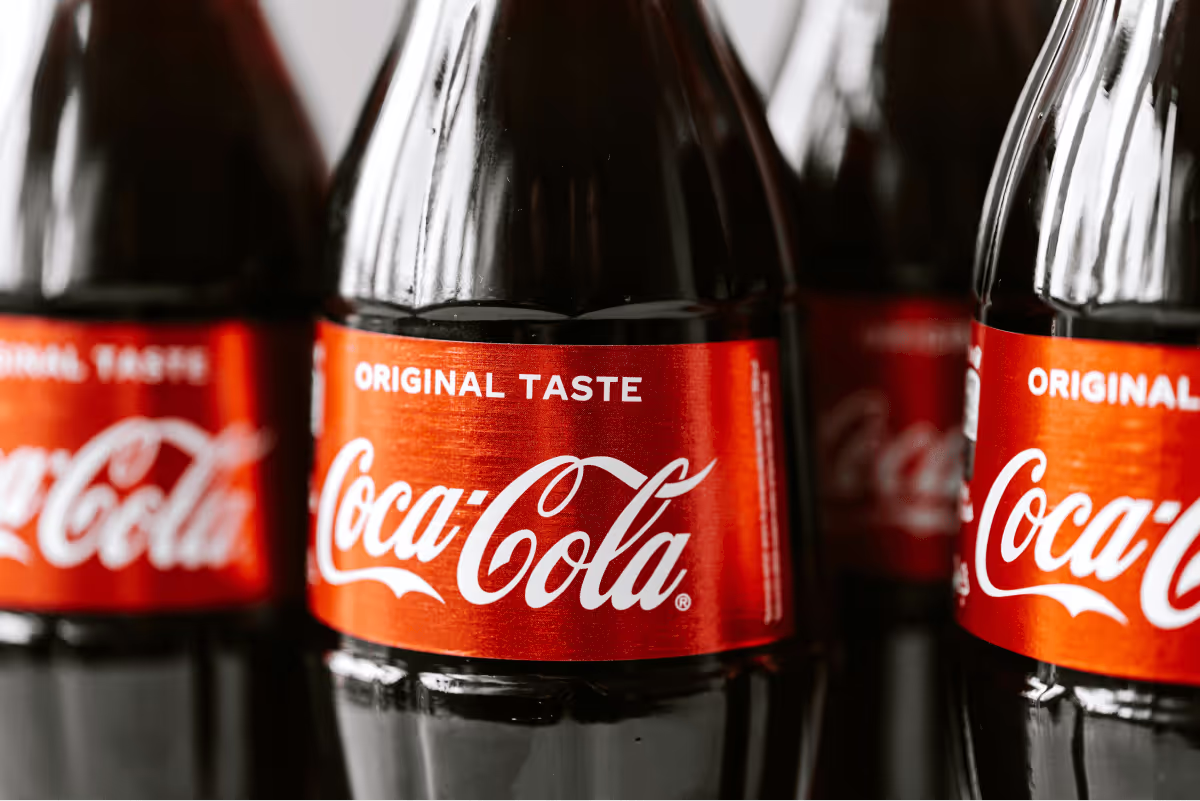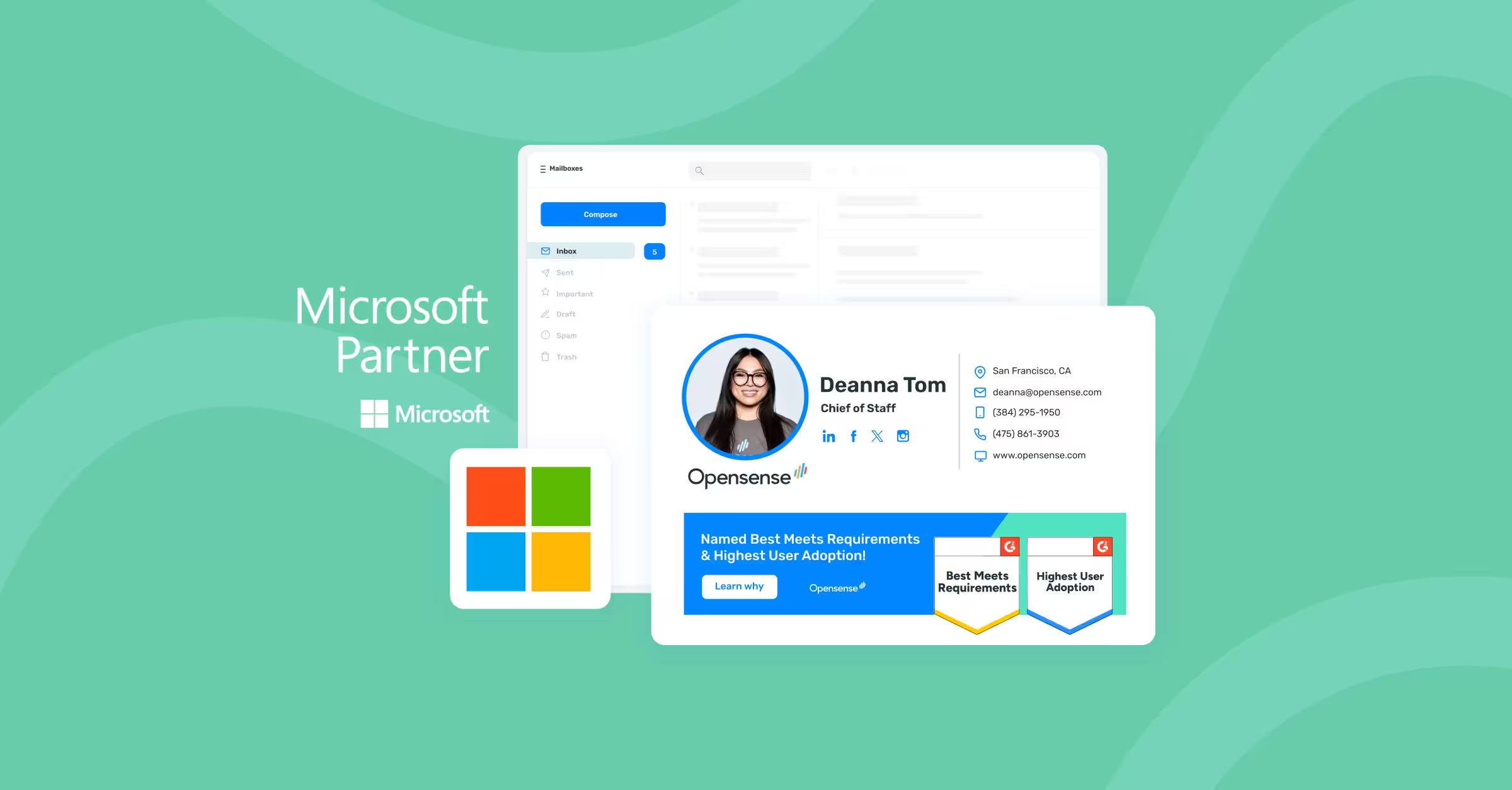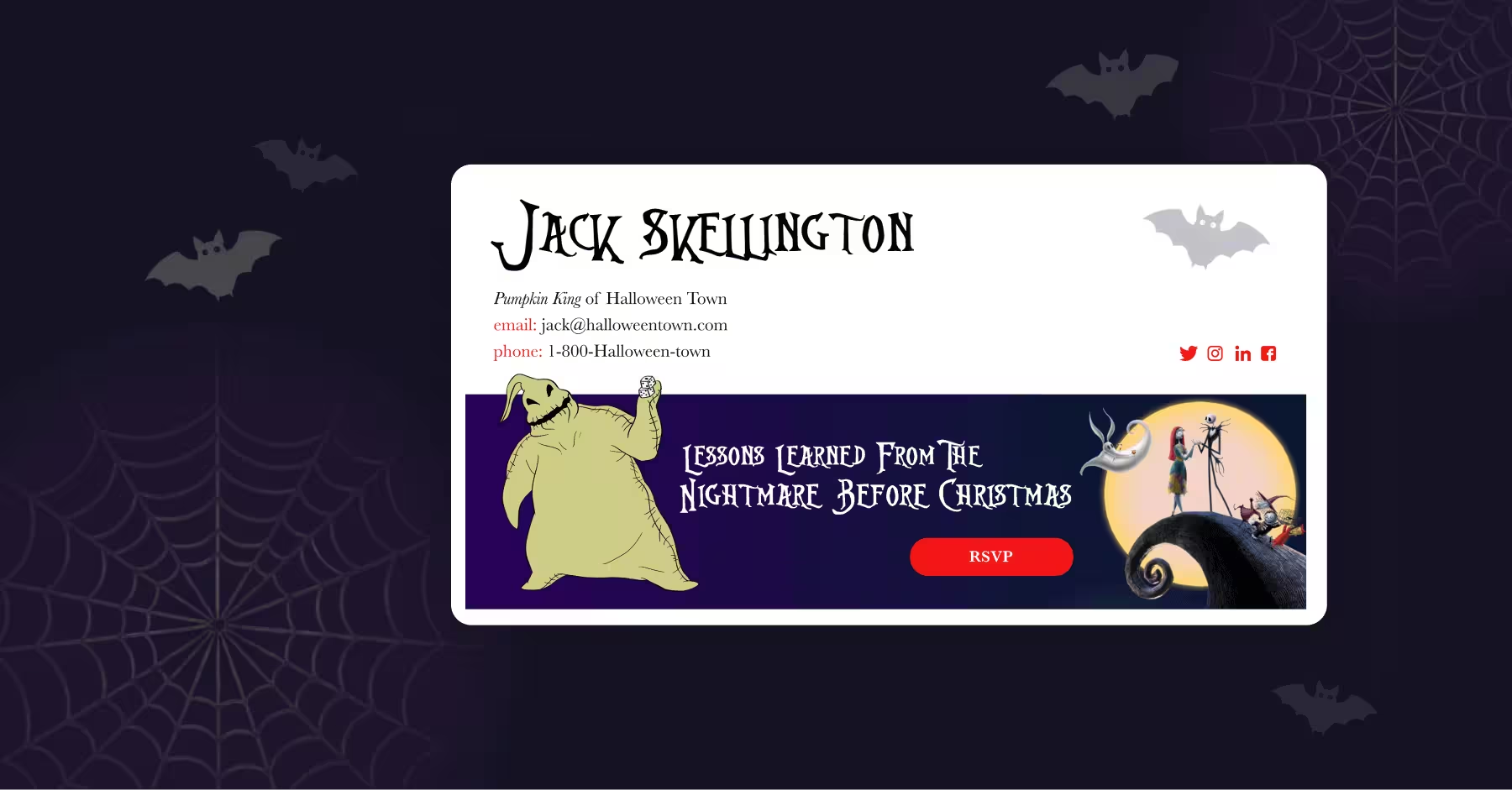
Leveraging the Frequency Illusion in your Brand Strategy
In 2022, we’ve been hearing a lot of entrepreneurs talk about taking the “work smarter not harder” approach to growing and expanding. And while we’re not exactly sure what this means for them and their business, we can’t help but notice that a lot of these same people are hating on the concept of brand awareness. It seems that “working smarter” means skipping right past the relationship building phase and moving straight into sell, sell, selling.
The result?
Sure, they might see a sharp spike in sales as they promote using paid ads and trending sound bytes, but this growth is not sustainable or consistent, resulting in a return to normal in just a few short days. Meanwhile, their competitors leverage the long game, also known as brand awareness, to create sustainable, profitable communities full of eager buyers and brand loyalists. Which one sounds more fruitful to you?
What is brand awareness?
When you boil it down, the term brand awareness refers to the likelihood that a consumer will recognize, identify with, or choose your brand when faced with a shopping decision. You can think of it as a sense of familiarity or, in relationship terms, brand best friendship. And naturally, consumers are far more likely to purchase from brands they feel close with over the competition. But if brand awareness is the goal, how can brands get there?
What does a brand awareness strategy look like?
Before diving into brand awareness strategies, it’s important to recognize that there are a few stages of brand awareness, and as customers move through these stages, they become more and more likely to engage with a brand.
The 6 stages of brand awareness are:
- Pre-Awareness
- Awareness
- Research & Familiarity
- Shopping & Consideration
- Decision & Purchase
- Advocacy
If the end goal is to create brand loyalists, walking consumers through these steps is one of the most effective ways to do so.
Strategically speaking, an effective approach to brand awareness includes frequency illusion, and steps that nurture your audience at each phase, gently handing them off to the next. While this isn’t a lightning fast process, the ROI is well worth it, and as consumers shift from unaware shoppers to brand advocates, your business will benefit from sustainable and bountiful long-term growth. After all, 46% of consumers say they would pay more for brands they trust (Source: Salsify).
Consistent exposure to a brand has also been known to increase revenue by 33%, on average (Source: Marq).
What is the frequency illusion?
And how can it help put you at the top of consumers’ minds?
One way to create and solidify a sense of brand awareness is to focus on the frequency illusion. In other words, frequent exposure to a brand and their values will help create a sense of awareness and comfort in consumers’ minds. Repeated messaging begins to feel familiar and recognizable to your target audience, resulting in the “illusion” of awareness. Over time, recognition and brand loyalty are built into people’s minds.
The frequency illusion can be achieved in a few ways, but most commonly, businesses look to create campaigns with longer run-times in order to make it happen. Longer term placements for commercials, digital ads, podcast callouts, email campaigns, influencer campaigns, and more give the audience time to get acquainted and accustomed to seeing them on their screens (or in their ears).
As a result of these longer term campaigns, consumers are more likely to connect with the brands they know and trust when the need arises. The strongest brands are the ones that have invested in creating long term relationships with these target audiences.
But beyond the need to appear in front of the consumer more often, it’s important to remember that the message you’re sharing is just as crucial. By putting your brand values on display, you open yourself up to more connections with a target audience who shares these same values, which is important, because 77% of consumers are more likely to invest in brands whose values are closely aligned with their own (Source: Havas Group).
Helping Consumers Go From Awareness to Advocacy Takes Time
Brand awareness campaigns might not fall into the “work smarter not harder” category of marketing. In fact, they might require some serious resources in order to come to life. But the time, energy, and funds invested into strategies that foster brand awareness see impressive returns on these investments, and you’d be hard pressed to find a brand that regrets investing in their brand awareness initiatives.
In the end, these brands are left with brand advocates and loyalists who go on to spread the word. And since 79% of people say that user generated content (UGC) heavily impacts their purchase decisions, brand awareness can be the catalyst for some serious success for your business.
Interested in leveraging brand awareness strategies throughout your email marketing campaigns?
Opensense exists to help you “work smarter, not harder” by taking the heavy lifting off your plate. Get in touch to learn more about how we can help you take your audience from just barely aware to advocates!


.svg)



.svg)



